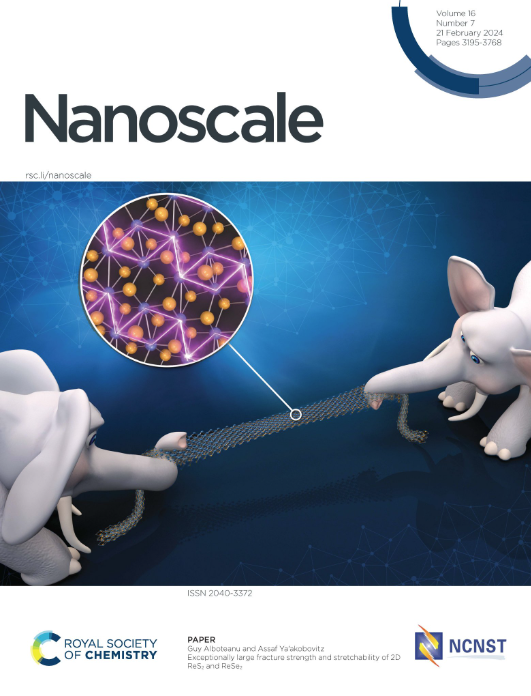g-C3N5-based Photocatalysts for Energy and Environmental Applications: Insights into Properties, Structural Modifications, Challenges, and Future Directions
IF 5.1
3区 材料科学
Q1 CHEMISTRY, MULTIDISCIPLINARY
引用次数: 0
Abstract
The growing demand for sustainable energy and environmental remediation has intensified the search for efficient, metal-free catalysts. Among these, graphitic carbon nitride (g-C₃N₅) has garnered significant attention due to its nitrogen-rich structure, extended π-conjugation, and tunable bandgap. Its abundant raw materials, non-toxic nature, and exceptional physicochemical properties make it a promising candidate for energy and environmental applications. This review comprehensively analyzes advancements in g-C₃N₅-based photocatalysts for energy and environmental applications. The g-C₃N₅ structures, highlighting their physicochemical characteristics and bandgap variations, and a detailed overview of synthesis methods are presented. Furthermore, we explore advanced engineering strategies such as doping, defect engineering, heterojunction formation, and co-doping to enhance catalytic efficiency. The applications of g-C₃N₅ in water treatment, H2 production, nitrogen fixation, CO₂ reduction, and H₂O₂ synthesis are examined, addressing key challenges like stability, efficiency, and recyclability. Unlike previous reviews, this study offers a unified and holistic overview encompassing all energy and environmental applications of g-C₃N₅, while also identifying critical bottlenecks and future research opportunities for practical implementation. The strengths, limitations, and outlook of g-C₃N₅-based systems are systematically discussed, with emphasis on innovative strategies to overcome current barriers and accelerate real-world deployment.基于g- c3n5的光催化剂在能源和环境中的应用:对性能、结构修改、挑战和未来方向的见解
对可持续能源和环境补救的日益增长的需求加强了对高效、无金属催化剂的寻找。其中,石墨氮化碳(g-C₃N₅)由于其富氮结构,扩展π共轭和可调带隙而引起了极大的关注。其丰富的原料、无毒的性质和特殊的物理化学性质使其成为能源和环境应用的有前途的候选者。本文全面分析了用于能源和环境应用的g-C₃N₅光催化剂的进展。介绍了g-C₃N₅结构,突出了它们的物理化学特性和带隙变化,并详细介绍了合成方法。此外,我们还探索了先进的工程策略,如掺杂、缺陷工程、异质结形成和共掺杂来提高催化效率。研究了g-C₃N₅在水处理,H2生产,固氮,CO₂还原和H₂O₂合成中的应用,解决了稳定性,效率和可回收性等关键挑战。与以前的评论不同,这项研究提供了一个统一和全面的概述,包括g-C₃N₅的所有能源和环境应用,同时还确定了实际实施的关键瓶颈和未来的研究机会。系统地讨论了基于g-C₃N₅系统的优势,局限性和前景,重点是克服当前障碍并加速实际部署的创新战略。
本文章由计算机程序翻译,如有差异,请以英文原文为准。
求助全文
约1分钟内获得全文
求助全文
来源期刊

Nanoscale
CHEMISTRY, MULTIDISCIPLINARY-NANOSCIENCE & NANOTECHNOLOGY
CiteScore
12.10
自引率
3.00%
发文量
1628
审稿时长
1.6 months
期刊介绍:
Nanoscale is a high-impact international journal, publishing high-quality research across nanoscience and nanotechnology. Nanoscale publishes a full mix of research articles on experimental and theoretical work, including reviews, communications, and full papers.Highly interdisciplinary, this journal appeals to scientists, researchers and professionals interested in nanoscience and nanotechnology, quantum materials and quantum technology, including the areas of physics, chemistry, biology, medicine, materials, energy/environment, information technology, detection science, healthcare and drug discovery, and electronics.
 求助内容:
求助内容: 应助结果提醒方式:
应助结果提醒方式:


